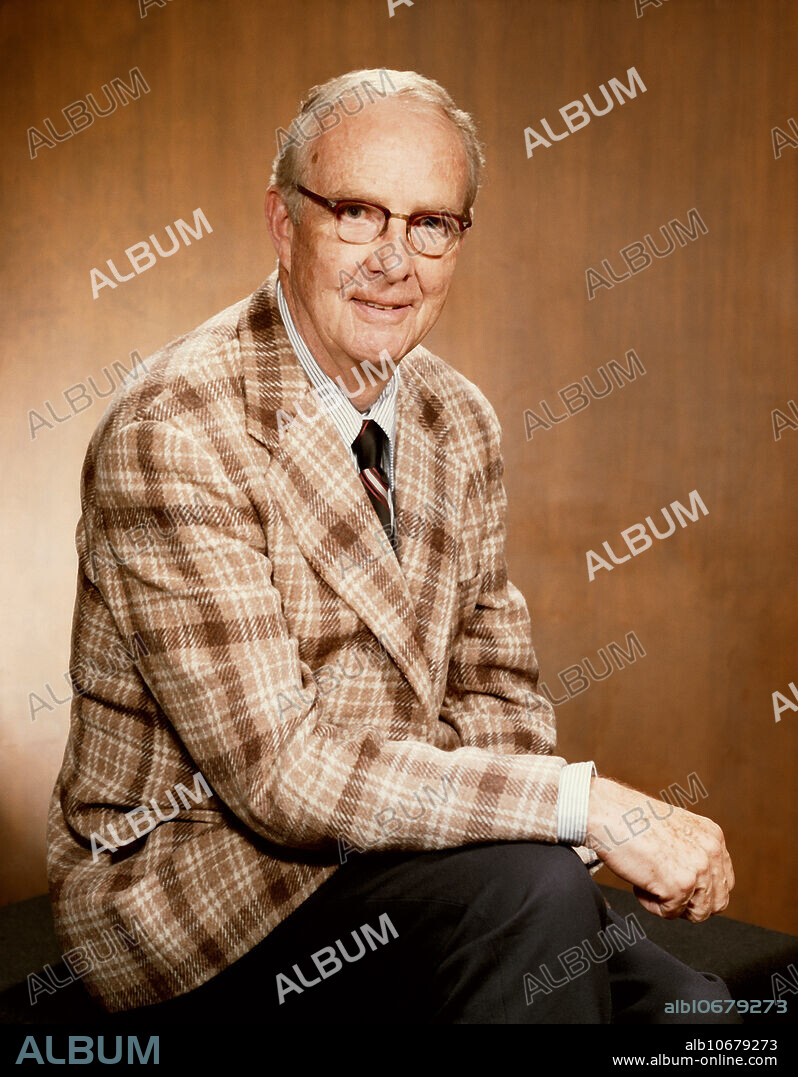alb10679273
Luis Alvarez, American Experimental Physicist

|
Añadir a otro lightbox |
|
Añadir a otro lightbox |



¿Ya tienes cuenta? Iniciar sesión
¿No tienes cuenta? Regístrate
Compra esta imagen

Título:
Luis Alvarez, American Experimental Physicist
Descripción:
Ver traducción automática
Editorial use only . Luis Walter Alvarez (1911-1988) , American experimental physicist, inventor, and professor. In 1936, Alvarez went to work for Ernest Lawrence at the Radiation Laboratory at the University of California, USA, where he devised a set of experiments to observe K-electron capture in radioactive nuclei, predicted by the beta decay theory but never observed. In 1940 he joined the MIT Radiation Laboratory, where he contributed to a number of WWII radar projects. He spent a few months at the University of Chicago working on nuclear reactors for Fermi before moving to Los Alamos to work for Oppenheimer on the Manhattan project. After the war Alvarez was involved in the design of a liquid hydrogen bubble chamber that allowed his team to take millions of photographs of particle interactions, develop complex computer systems to measure and analyse these interactions, and discover entire families of new particles and resonance states. This work resulted in his being awarded the Nobel Prize in 1968. With his son, geologist Walter Alvarez, he developed the Alvarez hypothesis which proposes that the extinction event that wiped out the dinosaurs was the result of an asteroid impact.
Crédito:
Album / Science Source / Lawrence Berkeley National Laboratory
Autorizaciones:
Modelo: No - Propiedad: No
¿Preguntas relacionadas con los derechos?
¿Preguntas relacionadas con los derechos?
Tamaño imagen:
2518 x 3233 px | 23.3 MB
Tamaño impresión:
21.3 x 27.4 cm | 8.4 x 10.8 in (300 dpi)
Palabras clave:
1911 • 1988 • 90S • AMERICA • AMERICANO • AÑOS NOVENTA • BURBUJA • CAMARA • CIENTIFICO • DECADA NOVENTA • ESTADOS UNIDOS DE AMERICA • EXPERIMENTALES • FAMOSO • FÍSICA (CIENCIA) • FÍSICO (CIENTIFICO) • HIDROGENO • HIPOTESIS • HISTORIA • HISTORICO • HOMBRE • INVENTOR • INVESTIGACION • MASCULINO • PARTÍCULAS • PERSONA • PORTRAIT • PREMIO NOBEL • RETRATO DE HOMBRE • RETRATO • S. XX • SIGLO XX • SIGLO • UNO
 Pinterest
Pinterest Twitter
Twitter Facebook
Facebook Copiar enlace
Copiar enlace Email
Email
